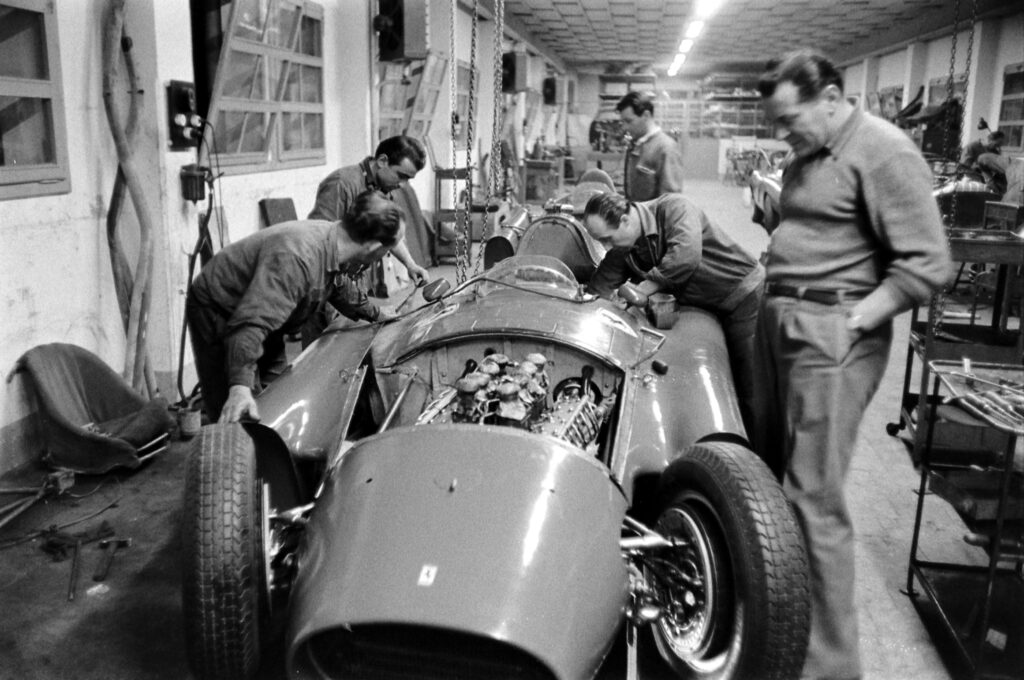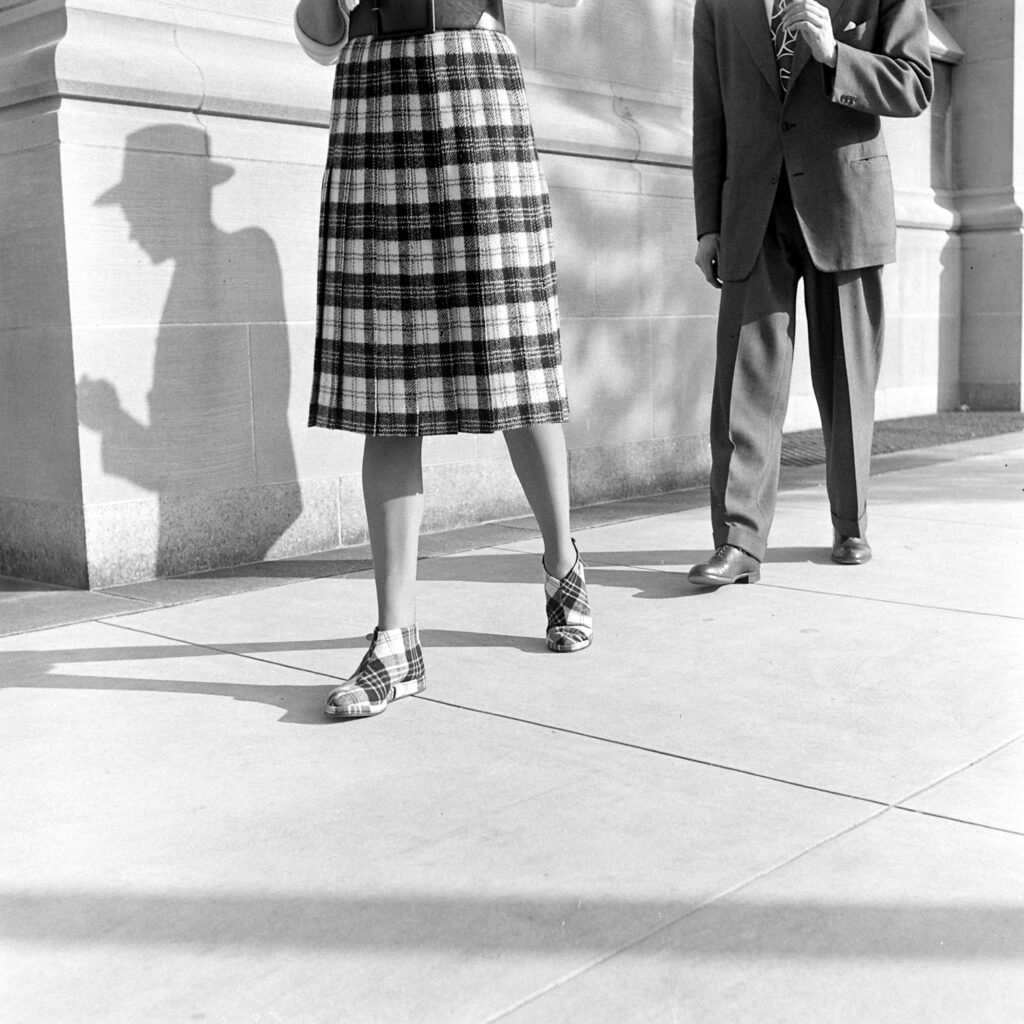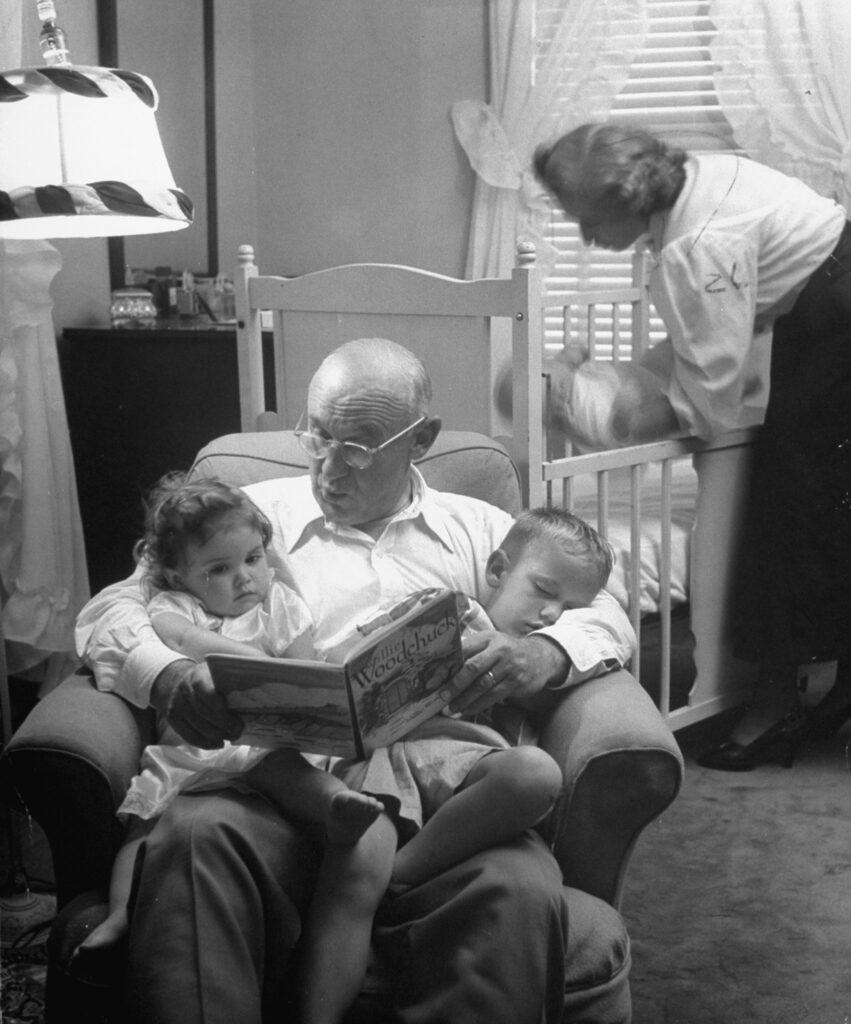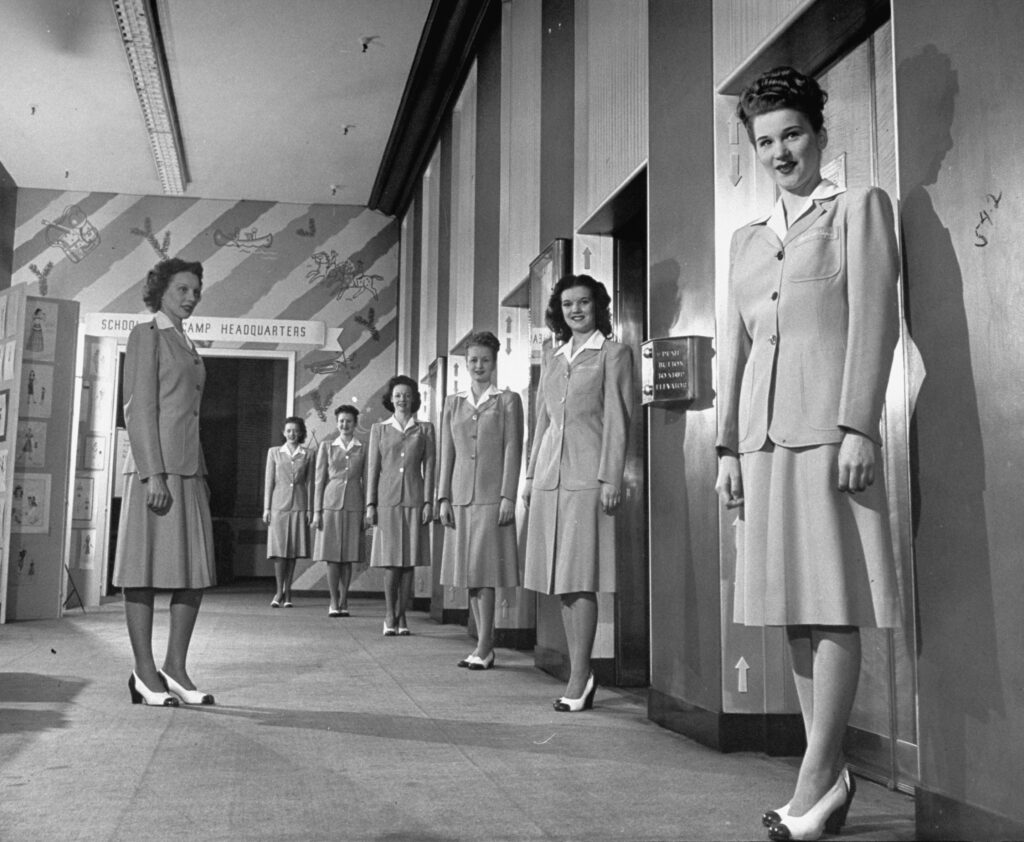A teeter-totter on wheels is the new fad and menace. . . .
Thus did LIFE introduce to the magazine’s readers its own unique (if somewhat shrill) take on a toy that would evolve into the emblem of a singular subculture and, eventually, a lifestyle.
Skateboarding, LIFE opined in 1965, is “the most exhilarating and dangerous joyriding device this side of the hot rod. A two-foot piece of wood or plastic mounted on wheels, it yields to the skillful user the excitements of skiing or surfing. To the unskilled it gives the effect of having stepped on a banana peel while dashing down the back stairs. It is also a menace to limb and even to life.” In the previous month, the magazine noted, two children in different parts of the country had been killed when they careened into traffic while skateboarding.
By now it has long since it would develop that grown men and women could make a nice living as skateboarders inking endorsement deals and competing at skateboard contests. Skateboarders such as Tony Hawk and Marisa Dal Santo—not to mention winter offspring like Shaun White and Gretchen Bleiler—emerged as breakout stars of both sport and pop culture. Industries of clothing, gear and skateboard park construction, established themselves, and the appeal of the sport exploded. But back then, LIFE could safely assume that at least some of its millions of readers had absolutely no clue what skateboarding entailed . . . or what a skateboard was.
Here, LIFE.com looks back at the early, thrillingly anarchic days of a quintessentially American sport and pastime that, over the years, has been embraced by millions around the world while still retaining its rebel cred. Skateboarding is no crime—but some of these skateboarding images feel criminally fun.
Liz Ronk edited this gallery for LIFE.com. Follow her on Twitter @lizabethronk.

Skateboarding in New York City, 1965
Bill Eppridge/Life Pictures/Shutterstock

Skateboarding in New York City, 1965
Bill Eppridge/Life Pictures/Shutterstock

Skateboarding in New York City, 1965
Bill Eppridge/Life Pictures/Shutterstock

Skateboarding in New York City, 1965
Bill Eppridge/Life Pictures/Shutterstock

Skateboarding in New York City, 1965
Bill Eppridge/Life Pictures/Shutterstock

Skateboarding in New York City, 1965
Bill Eppridge/Life Pictures/Shutterstock

Skateboarding in New York City, 1965
Bill Eppridge/Life Pictures/Shutterstock

Skateboarding in New York City, 1965
Bill Eppridge/Life Pictures/Shutterstock

Skateboarding in New York City, 1965
Bill Eppridge/Life Pictures/Shutterstock

Skateboarding in New York City, 1965
Bill Eppridge/Life Pictures/Shutterstock

Skateboarding in New York City, 1965
Bill Eppridge/Life Pictures/Shutterstock

Skateboarding in New York City, 1965
Bill Eppridge/Life Pictures/Shutterstock

Skateboarding in New York City, 1965
Bill Eppridge/Life Pictures/Shutterstock

Skateboarding in New York City, 1965
Bill Eppridge/Life Pictures/Shutterstock

Skateboarding in New York City, 1965
Bill Eppridge/Life Pictures/Shutterstock

Skateboarding in New York City, 1965
Bill Eppridge/Life Pictures/Shutterstock

Skateboarding in New York City, 1965
Bill Eppridge/Life Pictures/Shutterstock

Skateboarding in New York City, 1965
Bill Eppridge/Life Pictures/Shutterstock

Skateboarding in New York City, 1965
Bill Eppridge/Life Pictures/Shutterstock

Nineteen-year-old Patti McGee, the 1965 “National Girls’ Champion” became, in 2010, the first female inductee into the International Association of Skateboard Companies (IASC) Skateboard Hall of Fame.
Bill Eppridge/Life Pictures/Shutterstock

Life Magazine May 14, 1965

Life Magazine May 14, 1965

Life Magazine May 14, 1965

Life Magazine May 14, 1965

Life Magazine May 14, 1965

Life Magazine May 14, 1965






























![After tossing his crutches up on the beach, a surfer hobbled over to his surfboard and waited for a receding wave to carry him away from the shore. Tossing crutches up on the beach, [surfer] hobbles over to his surfboard and waits for receding wave to wash him out where swells have broken.](https://static.life.com/wp-content/uploads/migrated/2013/08/04_1153804.jpg)


















































































